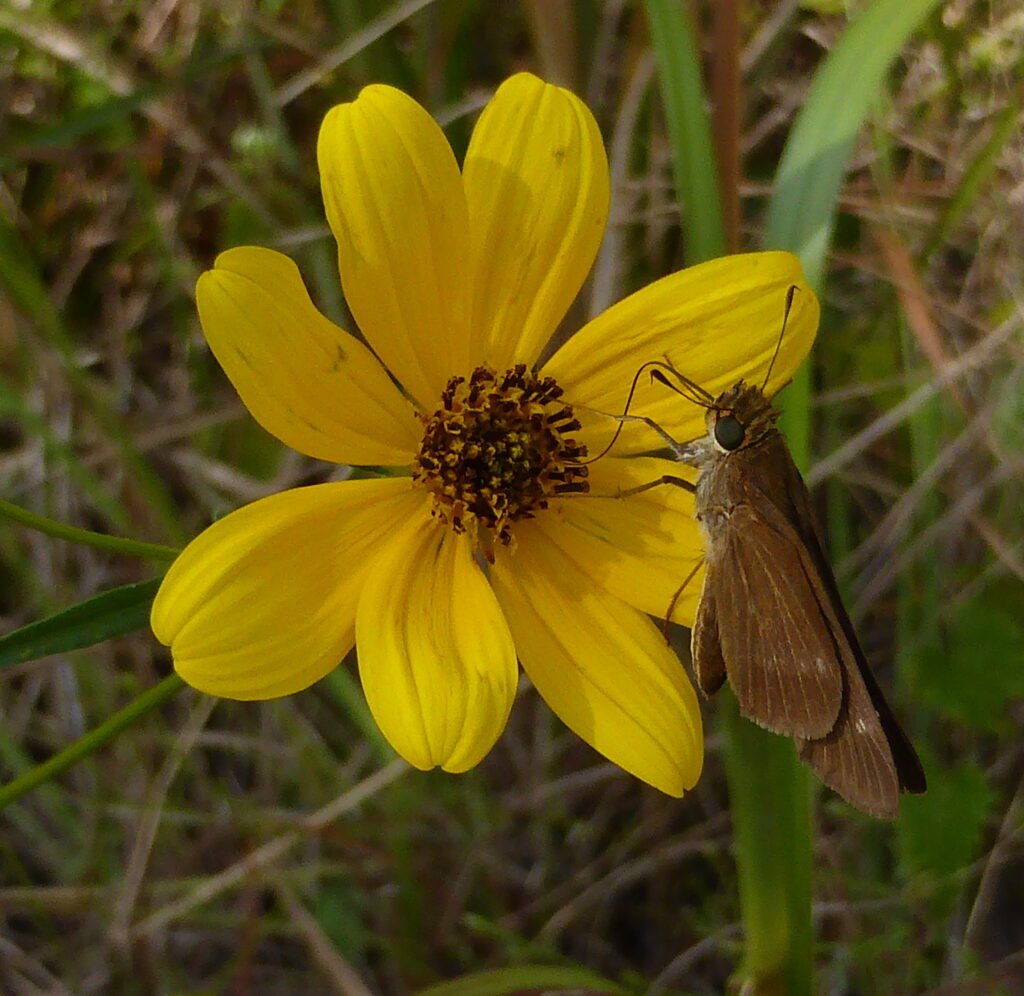Summer Showers Bring Fall Flowers
by Ben Rangel
Spring is the best season for wildflowers, right? Floridians might disagree: one of our state’s best features is the show of flowers on our natural areas during the fall season. The fields of blazing star, summer farewell and golden rod that stretch across pine forests in fall rival any wildflower scene from the spring. Fall is also a great time to watch pollinators like butterflies and bees. In some areas of the state, the fall months are a peak time for butterfly viewing.
Wildlife Management Areas are great places to see fall flowers. FWC land managers mow roadsides and use controlled burns to maintain forest habitats for wildlife. Wildflowers thrive in these spaces and attract pollinators, which become food for birds and many other native wildlife.
Check out the self-guided wildflower tours on the WMAs below!

Tosohatchee Wildlife Management Area
Flowers bloom at Tosohatchee almost year-round. The wildflower viewing loop that runs along portions of the White Trail is a great spot to see fall flowers. Shortleaf rose gentians, celestial lilies and tickseed are just some of the flowers you may see as summer fades away and the relief of cooler weather sets in. Keep your eyes out for the strange rayless sunflower, which appears to have no petals even in full bloom.
For more information and a wildflower tour map, visit the Tosohatchee WMA What’s in Bloom page.

Apalachicola River Wildlife and Environmental Area
This natural area is adjacent to several other conservation areas, including the Apalachicola National Forest, and helps protect some of the best wildflower viewing areas in the state. On the wildflower tour at Tank Island Road, you can expect to see chaffheads, blazing stars and various sunflowers. The butterflies here can be quite numerous, and the views of the flatwoods make this tour one not to miss. Note there are several low-water crossings on this wildflower tour, so visit after the rainy season or in a larger vehicle. More information and a wildflower tour map can be found at the Apalachicola River WEA What’s in Bloom page.

Interested in growing wildflowers and attracting pollinators to your yard? Purchase a copy of the FWC’s Planting a Refuge for Wildlife and learn how to design a garden that will brighten your yard year-round while providing pollinators the habitat they need to survive.
Wildflowers on public lands are pleasing to visitors and important to wildlife. Enjoy the wildflowers but please remember it is unlawful to cut, damage or remove plants from Wildlife Management Areas. For more information about Florida’s wildflowers, visit the Florida Wildflower Foundation website or contact your local Florida Native Plant Society chapter.